Blades have been around for time out of mind, and scissors have been around for almost as long. We know that scissors have been commonplace among crafters for thousands of years, and is there still a vital part of creating projects today. Whether you're a quilter, you make garments, or you enjoy the occasional craft for a seasonal holiday, you’ll need cutting supplies.
But, finding the right cutting supplies can be a bit of a struggle. Not all scissors, rotary tools, or shears are made equal. It's not just hard to find the right brand, but to know which tools and supplies you need. Branding isn't always reliable when it comes to cutting tools. Some brands create fantastic fabric scissors, and their shears are lackluster. When it comes to preference, some sewers use all-purpose scissors for most of their cutting, but other crafters choose to use pinking shears or rotary tools.
These are the cutting supplies that are most frequently found in a crafter's toolbox or sewing box. If you already have a sewing machine, you might already have the basics. But, not everyone needs this complete list. If you're just starting, you may only need all-purpose scissors and maybe a rotary cutter. But, each of these tools offers unique benefits and eventually is worth the investment.
All-purpose scissors are precisely what they sound like. These are fabric scissors that are standard for crafting or sewing, and they can wear away quickly, or you can choose to maintain them. Many people that are new to selling make the mistake of not maintaining their scissors. You can sharpen scissors blades, and fabric scissors tend to wear down very quickly. If you purchase an expensive pair of all-purpose scissors or fabric scissors, then make sure that you don't use them for anything other than fabric and try to sharpen them every six months, or at least once a year.

Buttonhole scissors are one of those specialty tools that are effective if you're working on garments frequently. If you are creating buttonholes daily, then it is worth investing in a set of buttonhole scissors. However, if you are only doing this on rare occasions, it's probably not worth the investment.
These scissors have a unique set up. First, they use a small screw that allows the user to adjust the blades and change the length so that you don't damage the fabric or the fabric's edges when you notch it for a buttonhole.
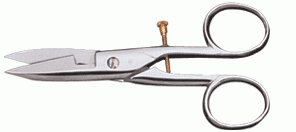
Embroidery scissors allow for high-precision trimming. There are various types of embroidery scissors, so you'll likely purchase a set or research to find out exactly which embroidery scissors work for the projects you have most often. Duckbill blade scissors lift the fabric and are great for working with appliques, whereas curved tip scissors give a little allowance on what they're cutting.
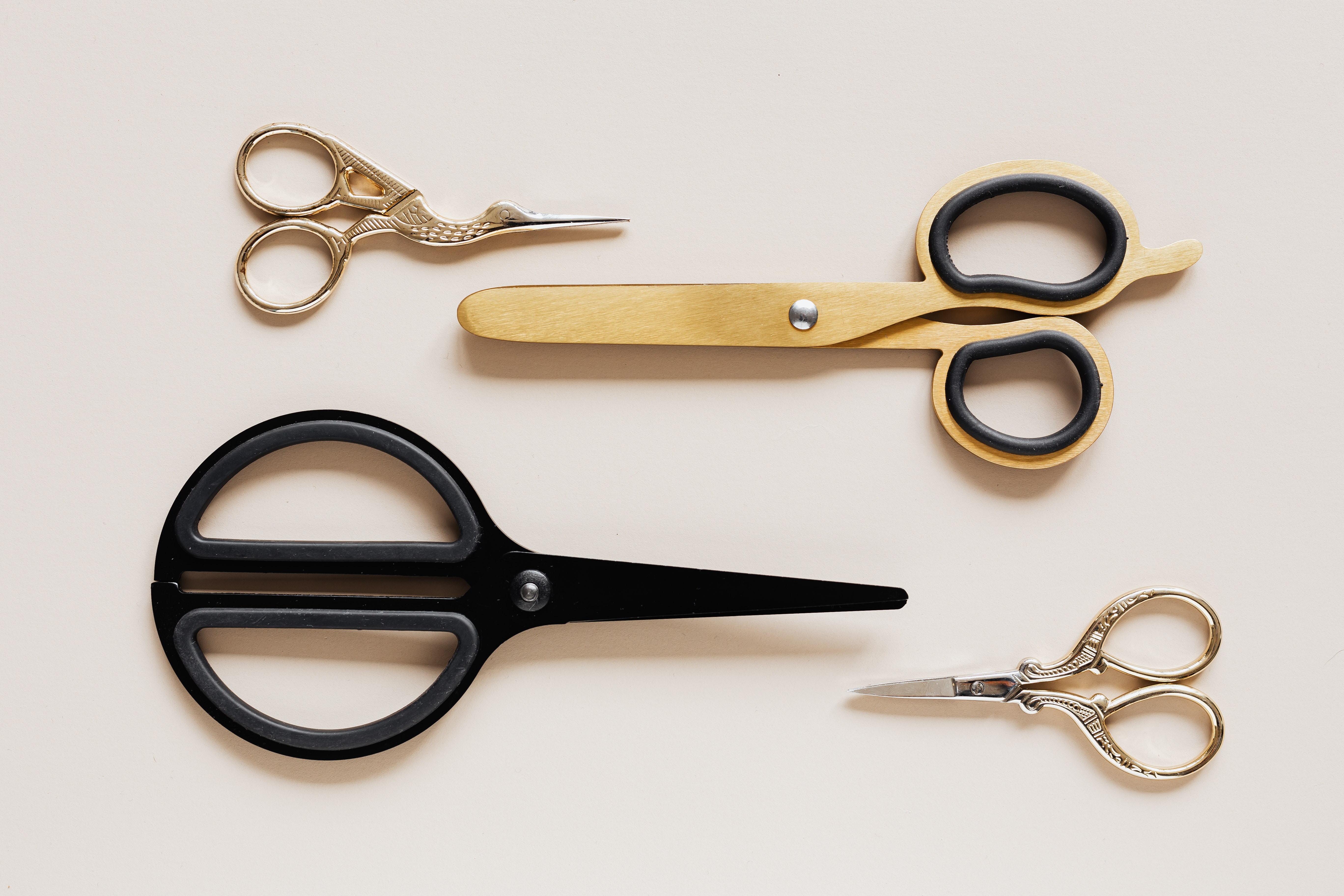
In all honesty, rotary tools are not scissors, but they are cutting supplies and people who use them most often or Quilters. Rotary cutters look like a box cutter with a round blade. The blade rotates, allowing for very long smooth cuts, but it also allows the user to curve their cut because the blade rotates.
Rotary tools come in different sizes, the blades, different degrees of quality, and often demand accessories. Because you're handling the rotary tool and it works a lot like a pizza cutter, it's effortless to create waves in your lines unintentionally.
Along with rotary tools, you may purchase rulers, stencils, and a rotary mat to protect the surface that you're working on.
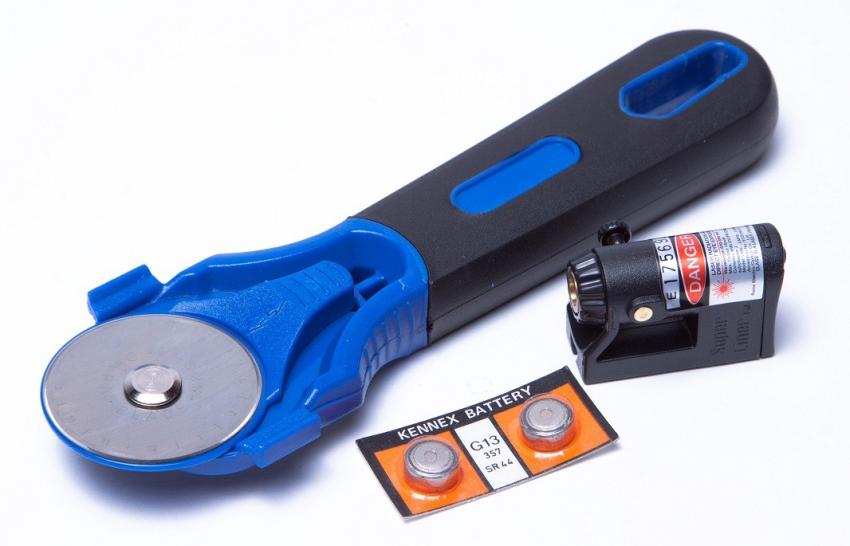
Shears are not as straightforward as they initially seem when you start crafting. There are a few different types of shares, but the most common are bent handled shears, pinking shears, and scalloping shears. Unlike scissors, one of the primary points of using shears is that they should prevent the material's edges from unraveling.
Pinking shears offer a very distinctive zig-zag pattern, which is ideal for creating seams. Some people also use pinking shears as a fun decorative element for crafts that might seem kind of plain.
Scalloping shears and do the same thing as pinking shears but with a scalloped cut or a rounded edge.
Bent-handled shears can be a game-changer if you're creating garments because of the shears trim of the material flush to the table, and they're also very comfortable to handle.
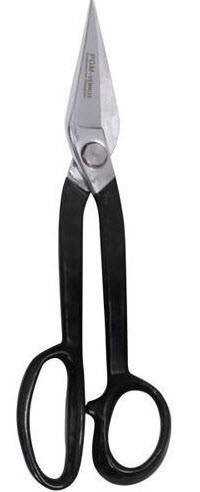
Taylor scissors are similar to fabric scissors, but one of the blades has a blunt edge, and the other is still pointed. That blunt edge prevents the material from catching and sustaining damage. If you're working with garments or you want to get into creating clothing, then you might consider investing in a pair of standard tailor's scissors and getting used to handling them.
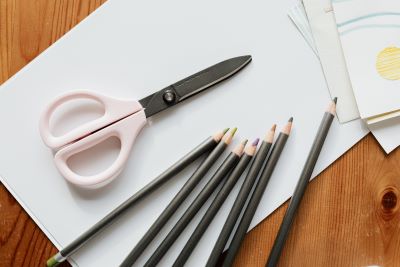
Thread clippers are very small, and they look like a prehistoric form of Scissors because of the simplicity in design. Instead of having a handle, they often have a center part that you pinch together, and the blades snap together and clip the thread.
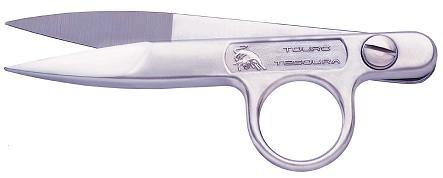
You can purchase any of these cutting supplies in a store or online, but most of the time, you don't know how you can enjoy the feel of the cutting supplies until you've used them a few times. Some people recommend trying out different scissors in the store, but many crafting stores and quilting supply stores have guards on their scissors so you can't get a good test run.
Remember that you should never use any of these cutting tools on anything other than fabric or thread. You can also find a professional sharpening service to keep any of these cutting tools in outstanding condition. Usually, these services are affordable, but if you're a DIY-er, then you might learn how to do it at home. Keep your scissors, shears, and rotary tools in top shape!
If you want to learn more about cutting tools, check out our Scissors and Cutting Supplies page on GoldStarTool.com. Here you can find any cutting supply you may need, including heavy-duty cutting machines. Contact our customer service team if you have any questions or need further help finding the right product for you!